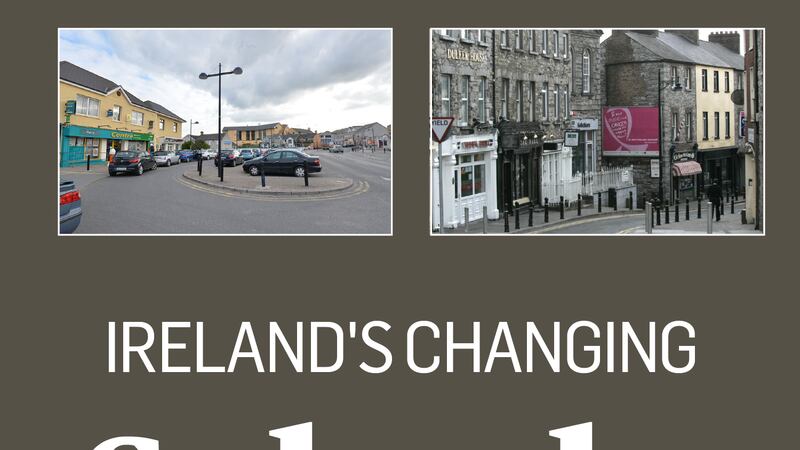Many swimmers will be having their first dip of the year around now as sea temperatures improve. They will welcome the news from the Environmental Protection Agency (EPA), whose latest survey finds that the vast majority of Ireland’s bathing waters have excellent or good water quality. In total, 144 of the 148 designated bathing sites met or exceeded minimum standards, while 117 of these had excellent water quality, up from 115 last year and continuing a recent improving trend. At a time when environmental management faces many criticisms, the improvement in the quality of the water at designated bathing spots in the sea, lakes and rivers is welcome.
The improvements of recent years are attributed by the EPA to management by local authorities and ongoing investment in urban wastewater infrastructure. This has lifted the standard generally and even allowed some beaches to improve from a poor rating to an excellent one over a couple of years. This shows that when problems are identified and acted upon, quick progress can be made.
Improvements are, of course, still possible. The number of beaches with poor bathing quality rose to three, from two in 2021, one each in counties Dublin, Galway and Donegal. These suffered from a variety of problems including wastewater discharge, run-off from urban and agricultural lands as well as dog fouling.
Swimmers will be well aware that wastewater run-offs or overflow can also lead to temporary closures of otherwise clean bathing spots. In total, 34 pollution incidents were reported to the EPA last year and local authorities put up 186 " prior warning” notices , cautioning that pollution may occur due to heavy rainfall.
RM Block
Local authorities also need to formally identify many other locations as bathing spots – more than 70 are monitored, but as they are not designated they are not subject to the same regular monitoring. Progress is being made, but let’s keep it up and build on this key resource for the benefit of locals and tourists alike.


















